
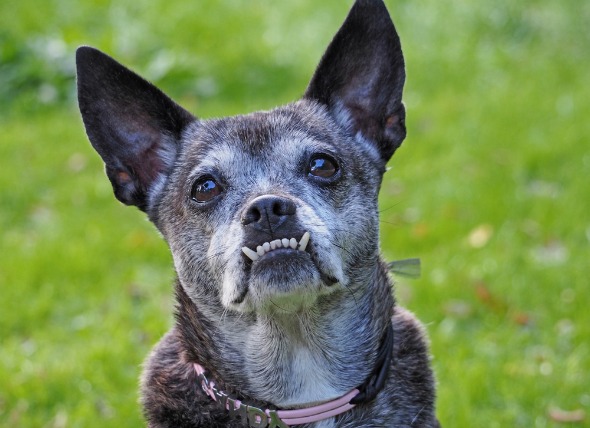
Normally, a puppy will have 28 baby teeth once it is six months old. By the time it reaches adulthood, most dog breeds will have 42 teeth. A misalignment of a dog's teeth, or malocclusion, occurs when their bite does not fit accordingly. This may begin as the puppy's baby teeth come in and usually worsens as their adult teeth follow.
The smaller front teeth between the canines on the upper and lower jaws are called incisors. These are used to grasp food and to keep the tongue inside the mouth. Canines (also known as cuspids or fangs) are found behind the front teeth, which are also used to grasp. Behind the canines are the premolars (or bicuspids) and their function is to shear or cut food. Molars are the last teeth found at the back of the mouth and they are used for chewing.
Common problems that can arise from malocclusion:
If problems with the palate persist, a fistula may result and become infected. In cases of misaligned teeth (or malocclusion), the dog may have difficulty chewing, picking up food, and may be inclined to eat only larger pieces. They are also prone to tartar and plaque build-up.
There are several types of diagnosable malocclusion:
The tips of the premolars (the teeth right behind the canines) should touch the spaces between the upper premolars, which is called the scissor bite. However, it is normal for flat-faced breeds (brachycephalic) such as Boxers, Shih Tzus, and Lhasa Apsos not to have scissor bites.
With an overbite, the upper jaw is longer than the lower one. When the mouth is closed, a gap between the upper and lower incisors occurs. Puppies born with an overbite will sometimes have the problem correct itself if the gap is not too large. However, a dog's bite will usually set at ten months old. At this time improvement will not happen on its own. Your pet's overbite may worsen as the permanent teeth come in because they are larger and can damage the soft parts of the mouth. Teeth extractions are sometimes necessary.
The way the upper teeth align with the lower teeth is called occlusion. It is normal for most breeds to have a slight overlap of the upper front teeth. When the jaw is closed, the lower canine (fang) should fit in front of the upper canine. Most cases of malocclusion have a hereditary link.
Most bite malocclusions do not require treatment. In some cases, extractions may be necessary. It’s a good idea to brush the teeth regularly to prevent abnormal build-up of tartar and plaque. Your veterinarian will sometimes recommend a dental specialist if you want to correct the teeth misalignment. In recent years, “braces” have been made for puppies to realign the teeth.
 Fatty Tissue Inflammation in Dogs
Steatitis in Dogs
Steatitis is characterized by i
Fatty Tissue Inflammation in Dogs
Steatitis in Dogs
Steatitis is characterized by i
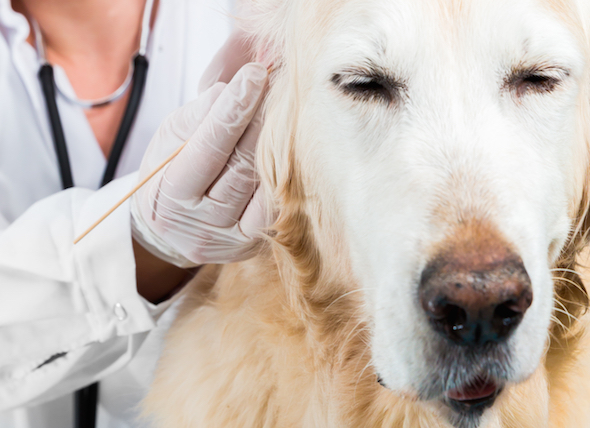 Ear Mites in Dogs
Otodectes cynotis Mites in Dogs
Otodectes
Ear Mites in Dogs
Otodectes cynotis Mites in Dogs
Otodectes
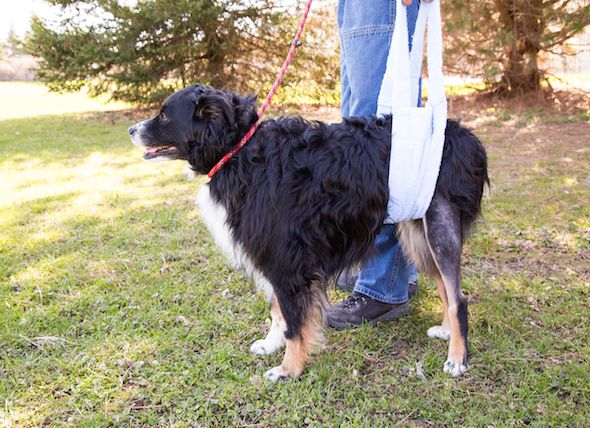 Torn Knee Ligament in Dogs
Cranial Cruciate Ligament and Anterior Cruciate Ligament
Torn Knee Ligament in Dogs
Cranial Cruciate Ligament and Anterior Cruciate Ligament
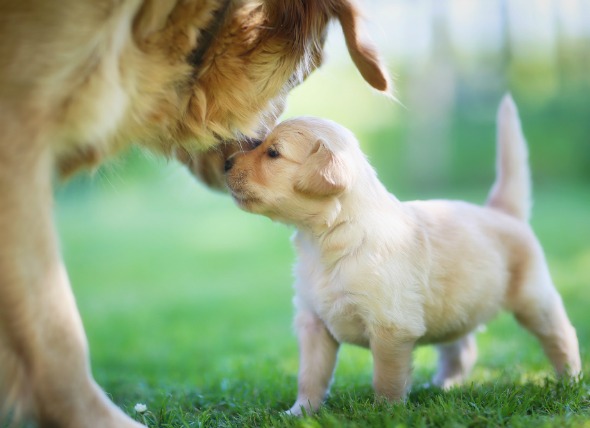 Chagas Disease in Dogs
American Trypanosomiasis Parasitic Infection in Dogs
&nb
Chagas Disease in Dogs
American Trypanosomiasis Parasitic Infection in Dogs
&nb
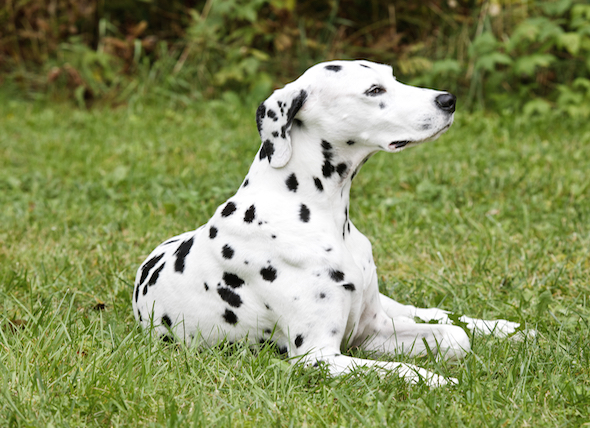 Involuntary Muscle Trembling in Dogs
Tremors in Dogs
Tremors are involuntary, rhythmic
Involuntary Muscle Trembling in Dogs
Tremors in Dogs
Tremors are involuntary, rhythmic
Copyright © 2005-2016 Pet Information All Rights Reserved
Contact us: www162date@outlook.com